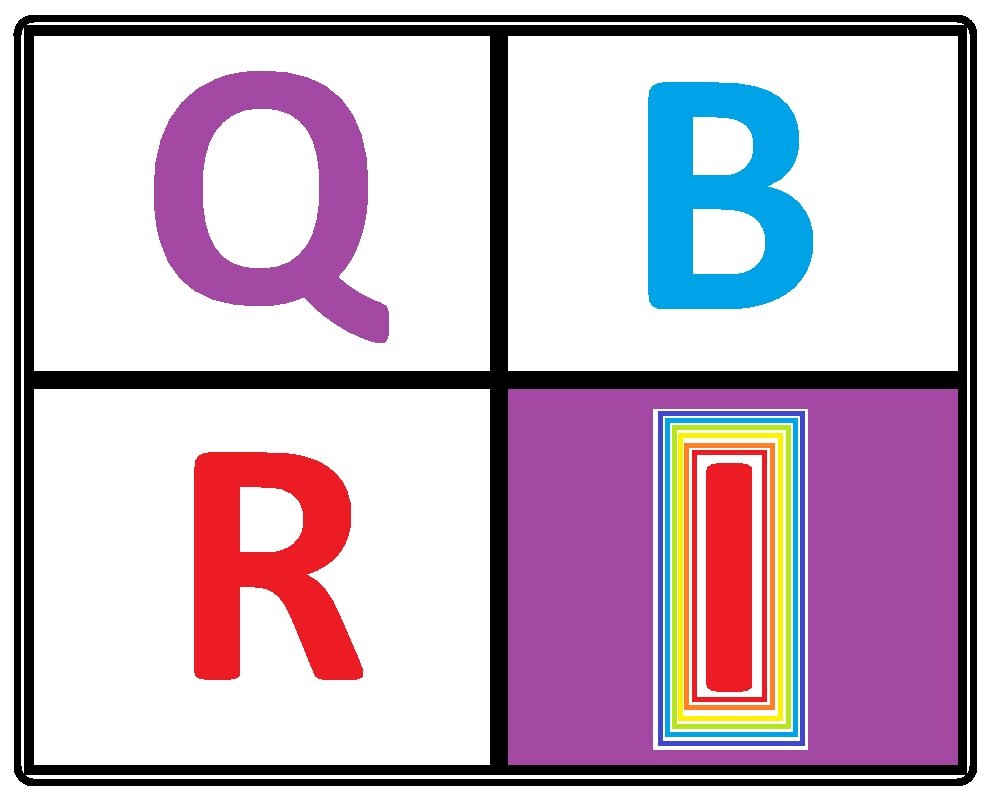Quarks are found in neutrons and protons. There are six in total that physicists have found. Four of the quarks are unstable. Two of the quarks are stable. The Up quark and the Down quark. Up and Down are mirror opposites in the SUSY inversion model. What does a mirror do? Makes left become right and right become left. It makes you wonder why Up becomes Down and Down becomes up through the pinhole camera.
Quarks and hadrons
Neutrons and protons
The quarks in neutrons (purple) and protons (gold) are made up of electrons (red) and positrons (blue). Something amazing happens. One of the electrons or one of the positrons does a dance with its dance partner where the electron doubles in size and surrounds the positron and electron in a bubble (gluon field), shown as either outlined as purple (in the neutron) or gold (in the proton). The interaction also makes its positron get really small and connect to the singularity within the very centre (0,0,0) of the atom. This allows the electron to be converted into a quark and it allows the quark to be turned into an electron. The interaction between the pair (one getting big and one getting small) allows the electron to be positioned in the orbital layers and it allows the quark to be contained within the nucleus layers of the atom.
Tunnelling down to the singularity
Quantum entanglement is ultimately to do with beta decay processes in the SUSY inversion model. Understanding how photons can be tied into knots and this create a proton and an electron. The calculations are strange because they use inverse square law logic. A mathematical model to describe the process of two photons being turned into three quarks and an electron.
The tunnelling and entanglement processes operating within atoms is able to be understood by using inverse square law relationships between the mass of the proton and the mass of the electron. The number 1836.

